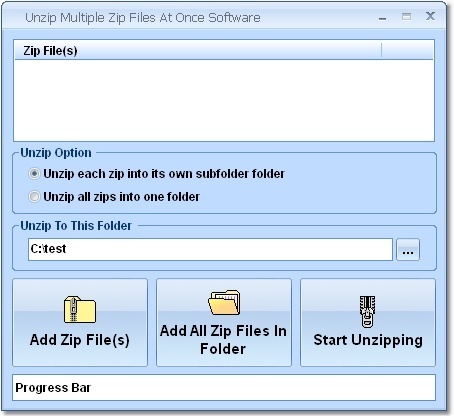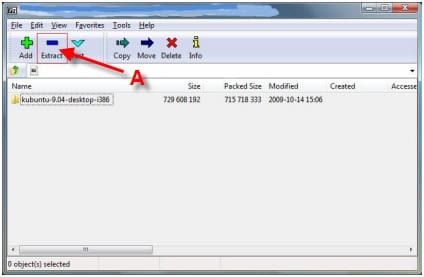

Click the file and drop it on your desktop, or another file location. You will then see the contents of the zip file.On the menu that pops up, roll your mouse over Open with, then click Windows Explorer.In Windows 7, navigate to the zipped (compressed) file you want to Unzip, and right-click it.Feel free to enter a new name if necessary, then click the Enter key to save the file. It contains the file/folder you selected, and will have the same name. You will see a new zipped file/folder appear, it will have a “ Z ” on it for identification.On the menu that pops up, roll your mouse over Send to, then click Compressed (zipped) folder.In Windows, navigate to the file/folder you want to zip, and Right-click it.

create an alias or function to use multiple commands.Example of zipped file or folder in Windows 7 Zip a File/Folder.use alternative tools (as suggested in other answers),.use different kind of compression (e.g.Therefore the file cannot be FIFO, pipe, terminal device or any other dynamic, because the input object cannot be positioned by the lseek function. It is located at the end of the archive structure and it is required to read the list of the files (see: Zip file format structure). This is, because the standard zip tools are mainly using lseek function in order to set the file offset at the end to read its end of central directory record. The proper syntax would be: $ unzip 2 GiB) without large file support bsdtar and bsdcpio) can and will do so when reading through a pipe, meaning that the following is possible: wget -qO- | bsdtar -xvf. In addition, individual entries also include this information in a local file header, for redundancy purposes.Īlthough not every ZIP decompressor will use local file headers when the index is unavailable, the tar and cpio front ends to libarchive (a.k.a. The directory at the end of the archive is not the only location where file meta information is stored in the archive. As such it appears unsurprising that most ZIP decompressors simply fail when the archive is supplied through a pipe. This would appear to pose a problem when attempting to read a ZIP archive through a pipe, in that the index is not accessed until the very end and so individual members cannot be correctly extracted until after the file has been entirely read and is no longer available. This directory says where, within the archive each file is located and thus allows for quick, random access, without reading the entire archive. The ZIP file format includes a directory (index) at the end of the archive. This is a repost of my answer to a similar question:


 0 kommentar(er)
0 kommentar(er)
